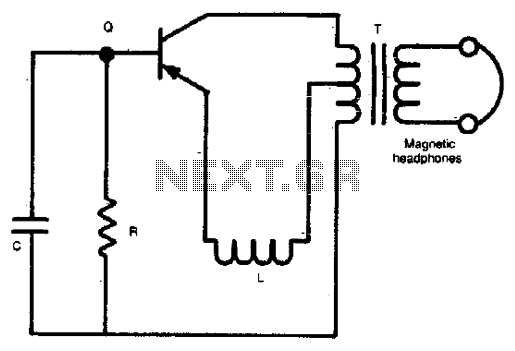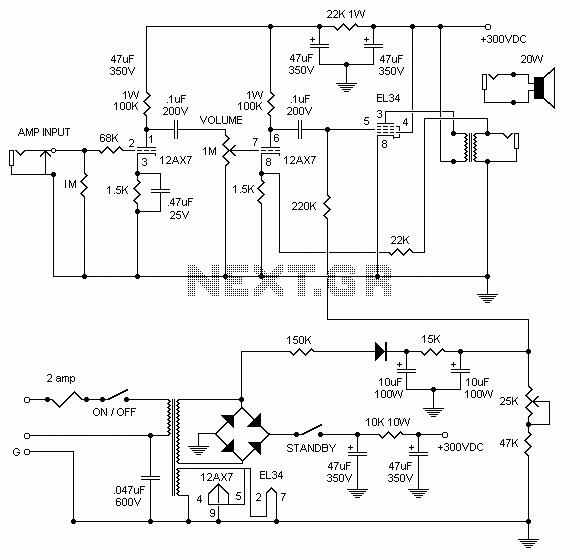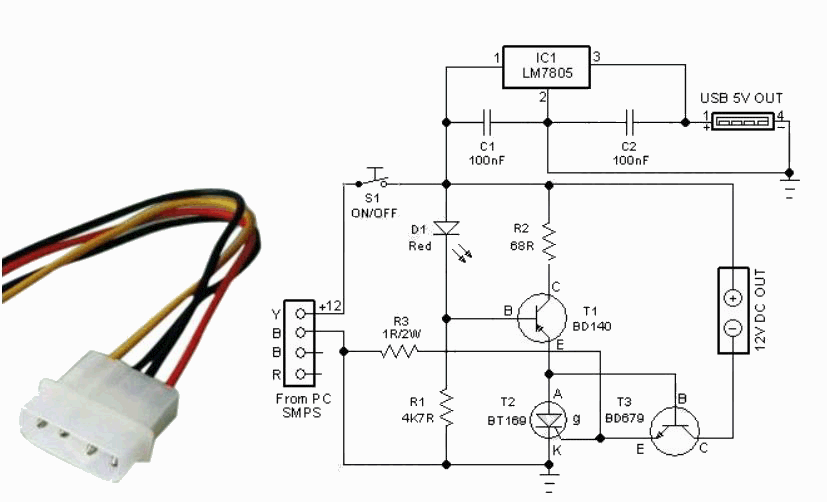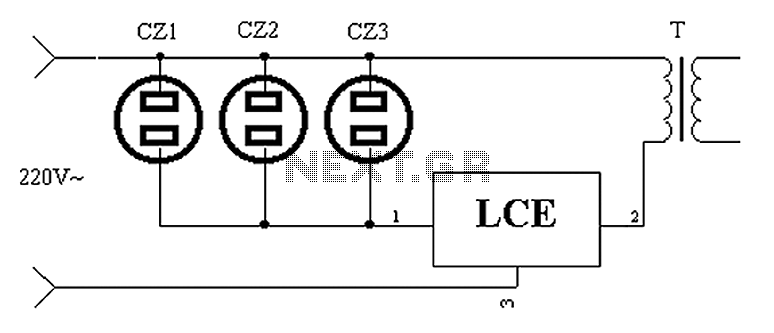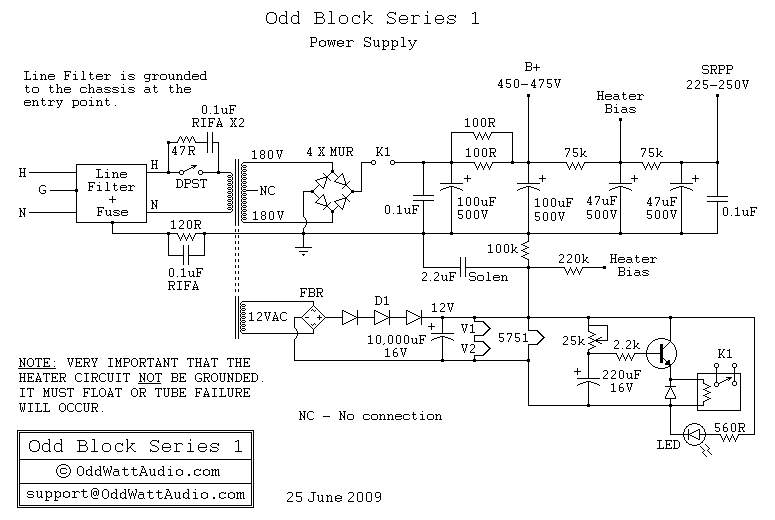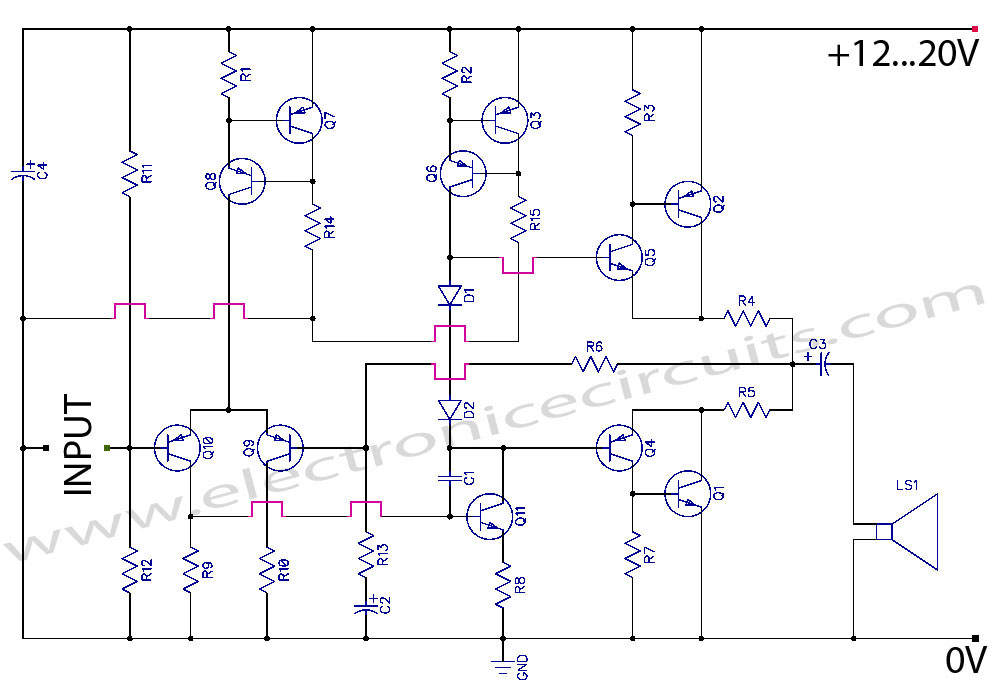
Smart Power Strip

As the global community becomes increasingly focused on conserving electric power and the fuels that generate electricity, there is a rising demand for products that assist homeowners in monitoring and reducing their power usage. Organizations like Energy Star aim to minimize power consumption at the manufacturing level by offering buyer-recognizable certification for electronic devices. This certification enables consumers to easily identify energy-efficient products while shopping, thus incentivizing the purchase of Energy Star products over less efficient alternatives. The potential for increased revenue motivates corporations to pursue energy efficiency. Additionally, initiatives like Google.org's PowerMeter, Microsoft Hohm, and P3 International's Kill-o-Watt facilitate awareness of power consumption by providing tools for monitoring home energy use. PowerMeter and Hohm feature user-friendly interfaces for recording and analyzing power usage trends, while the Kill-o-Watt device measures power consumption at the individual device level by connecting between the wall outlet and the equipment. The discontinuation of both PowerMeter and Hohm has created a gap for an easy-to-use centralized monitoring system. When paired with monitoring hardware similar to the Kill-o-Watt, this system offers a user-friendly interface for measuring, controlling, and minimizing home power consumption. The Smart Power Strip is designed to fill this gap and cater to environmentally conscious consumers. It functions like a standard six-outlet surge-protected power strip but includes the capability to wirelessly transmit power usage statistics for each outlet. Furthermore, the web-based user interface allows for selective control of each outlet. The U.S. Department of Energy estimates that vampire electronics waste approximately 64 megawatts of power, costing consumers nearly $4 billion in wasted energy annually. The Smart Power Strip aims to eliminate this energy waste by enabling users to monitor their power usage and effectively shut down devices when not in use. Priced competitively between mid-range power strips that sense when a room is unoccupied for over ten minutes and high-end power monitoring systems requiring professional installation, the Smart Power Strip addresses the issue of vampire power. Vampire power is loosely defined as the energy consumed by electronics while not actively in use. Some devices use vampire power beneficially to maintain clock settings or respond to remote controls, while others waste power without any advantage, such as a powered but inactive mobile device charger. The California Energy Commission estimated in 2008 that standby modes account for roughly 22% of a household's power consumption. The U.S. Department of Energy suggests that eliminating vampire power usage can lead to average annual savings of about $100 on utility bills, depending on local electricity rates. Since much of the electricity is generated from fossil fuels like oil or coal, which produce pollutants, reducing vampire power can help extend the lifespan of fuel supplies, decrease air pollution and acid rain, and potentially mitigate global warming.
The Smart Power Strip integrates advanced monitoring and control capabilities to optimize energy usage within residential settings. The device consists of multiple outlets, each equipped with individual power metering circuits that measure energy consumption in real-time. These circuits communicate wirelessly with a central processing unit that aggregates data and transmits it to a web-based interface accessible via smartphones or computers.
The user interface is designed to provide a comprehensive overview of energy usage patterns, allowing homeowners to track consumption over time, set usage limits, and receive alerts when certain thresholds are exceeded. The Smart Power Strip can also be programmed to operate on a schedule, enabling automatic power shut-off during specific hours or when no presence is detected in the room, further enhancing energy savings.
In terms of hardware design, the Smart Power Strip includes a microcontroller responsible for managing the data flow between the power metering circuits and the wireless communication module. The inclusion of a Wi-Fi or Bluetooth module allows users to connect the device to their home network, facilitating remote monitoring and control capabilities. Furthermore, the power strip is designed with surge protection features to safeguard connected devices from voltage spikes, ensuring reliable operation.
The overall design of the Smart Power Strip not only addresses the immediate need for energy monitoring and control but also contributes to long-term energy conservation efforts, aligning with environmental sustainability goals. By providing a user-friendly solution to combat vampire power and promote energy efficiency, this device represents a significant advancement in the development of smart home technologies.As more and more of the world becomes concerned with conserving electric power and the fuels that generate electricity, there is a growing market for products to help the conscientious homeowner keep an eye on and minimize their power usage. Organizations such as Energy Star seek to minimize power consumption at the manufacturer level by providing
buyer-recognizable certification on electronic devices. This certification is an easy way for consumers to discern energy-efficient products when shopping, providing an incentive to purchase Energy Star products over their less efficient cousins. This potential for increased revenue provides incentive to corporations to strive for energy-efficiency.
Other organizations and products such as Google. org`s PowerMeter, Microsoft Hohm, and P3 International`s Kill-o-Watt aim to facilitate power-awareness by providing a framework for monitoring a home`s power consumption. PowerMeter and Hohm provide an intuitive user interface for recording and analyzing trends in power usage, while the Kill-o-Watt, a device that sits between the wall outlet and a piece of hardware, allows for measuring power consumption at the individual device level.
The discontinuation of both PowerMeter and Hohm leaves an unfilled niche for an easy-to-use, centralized monitoring system. When integrated with monitoring hardware similar to the Kill-o-Watt, this monitoring system provides a convenient interface for measuring, controlling, and minimizing a home`s power consumption.
The Smart Power Strip is designed to fit this niche and meet the needs of environmentally conscious consumers. This power strip will work like any other six-outlet, surge protected power strip, but will have the capability to wirelessly transmit statistics about power usage on each outlet.
Additionally, the web-based user interface will help manage power use by controlling each outlet selectively. Vampire electronics waste roughly 64 Megawatts of power and cost consumers nearly 4 billion dollars in wasted energy per year according to the US Department of Energy.
This type of energy waste is what the Smart Power Strip will help to eliminate by giving consumers a means to monitor their power usage and actively shut down electronics completely when not in use. Also this device will have to be priced somewhere in the median between mid-range power strips, that senses when someone is gone from a room for more than ten minutes and shuts everything down on the power strip, and the high end of power control and monitoring, where a consumer can hire an electrician to install power monitoring and controlling equipment.
Vampire or standby power is loosely defined as the power used or wasted by electronics while not in active use. Some devices utilize vampire power in a useful manner to provide persistence features such as maintaining clock settings between active sessions, convenience features such as powering the necessary hardware to respond to remote controls, and to eliminate long initialization times by keeping the hardware in a semi-powered state, such as powering the tube heater in CRT displays.
Other devices have no advantageous use of vampire power, such as a powered but disconnected mobile device charger or an uninterruptible power supply (UPS) with no active system connected. The Californian Energy Commission estimated in 2008 that standby modes account for approximately 22% of a home`s power consumption.
The US Department of Energy advises that by eliminating vampire power usage, average savings on utility bills lie in the area of $100 yearly, however this depends on local electricity rates. As most electricity is generated using fossil fuels such as oil or coal which produce carbon monoxide and other pollutants, minimizing vampire power will extend the lifetime of existing fuel supplies, reduce air pollution and acid rain, and potentially decrease the rate of global warming, of whi
🔗 External reference
The Smart Power Strip integrates advanced monitoring and control capabilities to optimize energy usage within residential settings. The device consists of multiple outlets, each equipped with individual power metering circuits that measure energy consumption in real-time. These circuits communicate wirelessly with a central processing unit that aggregates data and transmits it to a web-based interface accessible via smartphones or computers.
The user interface is designed to provide a comprehensive overview of energy usage patterns, allowing homeowners to track consumption over time, set usage limits, and receive alerts when certain thresholds are exceeded. The Smart Power Strip can also be programmed to operate on a schedule, enabling automatic power shut-off during specific hours or when no presence is detected in the room, further enhancing energy savings.
In terms of hardware design, the Smart Power Strip includes a microcontroller responsible for managing the data flow between the power metering circuits and the wireless communication module. The inclusion of a Wi-Fi or Bluetooth module allows users to connect the device to their home network, facilitating remote monitoring and control capabilities. Furthermore, the power strip is designed with surge protection features to safeguard connected devices from voltage spikes, ensuring reliable operation.
The overall design of the Smart Power Strip not only addresses the immediate need for energy monitoring and control but also contributes to long-term energy conservation efforts, aligning with environmental sustainability goals. By providing a user-friendly solution to combat vampire power and promote energy efficiency, this device represents a significant advancement in the development of smart home technologies.As more and more of the world becomes concerned with conserving electric power and the fuels that generate electricity, there is a growing market for products to help the conscientious homeowner keep an eye on and minimize their power usage. Organizations such as Energy Star seek to minimize power consumption at the manufacturer level by providing
buyer-recognizable certification on electronic devices. This certification is an easy way for consumers to discern energy-efficient products when shopping, providing an incentive to purchase Energy Star products over their less efficient cousins. This potential for increased revenue provides incentive to corporations to strive for energy-efficiency.
Other organizations and products such as Google. org`s PowerMeter, Microsoft Hohm, and P3 International`s Kill-o-Watt aim to facilitate power-awareness by providing a framework for monitoring a home`s power consumption. PowerMeter and Hohm provide an intuitive user interface for recording and analyzing trends in power usage, while the Kill-o-Watt, a device that sits between the wall outlet and a piece of hardware, allows for measuring power consumption at the individual device level.
The discontinuation of both PowerMeter and Hohm leaves an unfilled niche for an easy-to-use, centralized monitoring system. When integrated with monitoring hardware similar to the Kill-o-Watt, this monitoring system provides a convenient interface for measuring, controlling, and minimizing a home`s power consumption.
The Smart Power Strip is designed to fit this niche and meet the needs of environmentally conscious consumers. This power strip will work like any other six-outlet, surge protected power strip, but will have the capability to wirelessly transmit statistics about power usage on each outlet.
Additionally, the web-based user interface will help manage power use by controlling each outlet selectively. Vampire electronics waste roughly 64 Megawatts of power and cost consumers nearly 4 billion dollars in wasted energy per year according to the US Department of Energy.
This type of energy waste is what the Smart Power Strip will help to eliminate by giving consumers a means to monitor their power usage and actively shut down electronics completely when not in use. Also this device will have to be priced somewhere in the median between mid-range power strips, that senses when someone is gone from a room for more than ten minutes and shuts everything down on the power strip, and the high end of power control and monitoring, where a consumer can hire an electrician to install power monitoring and controlling equipment.
Vampire or standby power is loosely defined as the power used or wasted by electronics while not in active use. Some devices utilize vampire power in a useful manner to provide persistence features such as maintaining clock settings between active sessions, convenience features such as powering the necessary hardware to respond to remote controls, and to eliminate long initialization times by keeping the hardware in a semi-powered state, such as powering the tube heater in CRT displays.
Other devices have no advantageous use of vampire power, such as a powered but disconnected mobile device charger or an uninterruptible power supply (UPS) with no active system connected. The Californian Energy Commission estimated in 2008 that standby modes account for approximately 22% of a home`s power consumption.
The US Department of Energy advises that by eliminating vampire power usage, average savings on utility bills lie in the area of $100 yearly, however this depends on local electricity rates. As most electricity is generated using fossil fuels such as oil or coal which produce carbon monoxide and other pollutants, minimizing vampire power will extend the lifetime of existing fuel supplies, reduce air pollution and acid rain, and potentially decrease the rate of global warming, of whi
🔗 External reference
